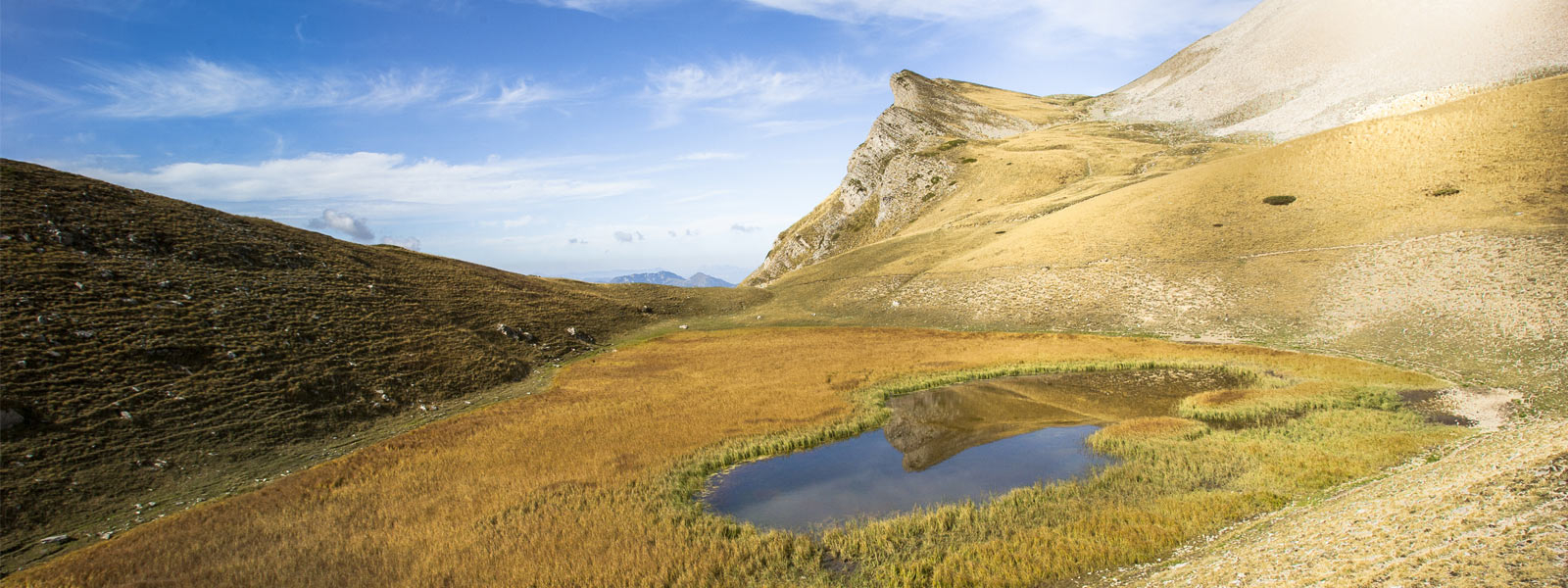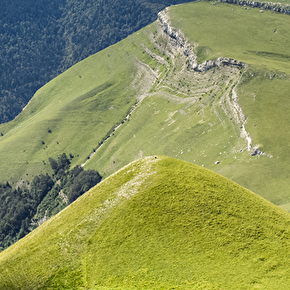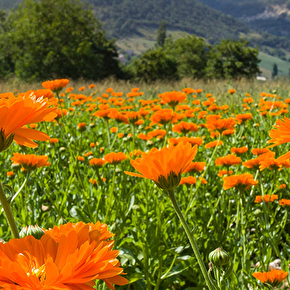The Sapey mountain at Aucelon
Natura 2000 site and protected nature area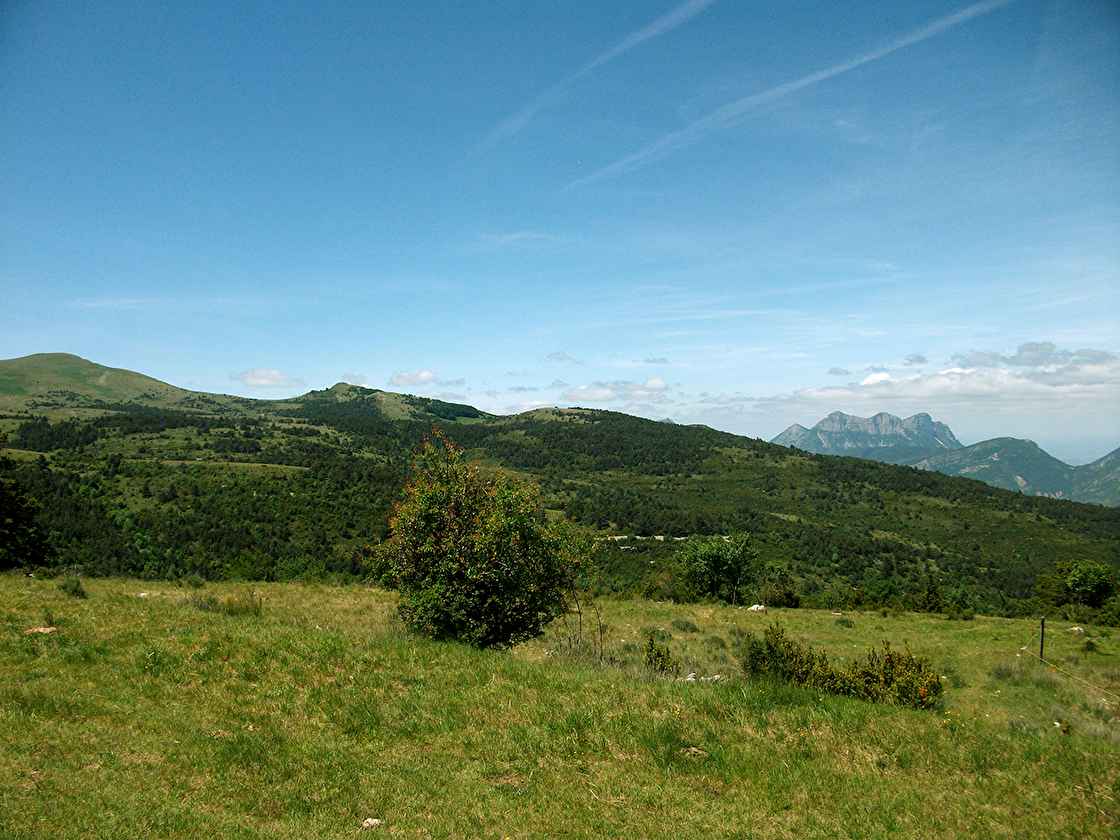
The long ridge, which is at around 1200 metres altitude, is covered with grass containing pasqueflowers and chamois, offering an amazing view over the 3 Becs.
Down in the chasms lesser horseshoe bats abound, whilst above these wild wastes royal eagles and great horned owls glide.
Walking guide - La Montagne du Sapey
Descriptive leaflet for the ‘Espace Naturel Sensible de la montagne du Sapey’.
The vallon de la Jarjatte at Lus-la-Croix-Haute
Listed Natura 2000 site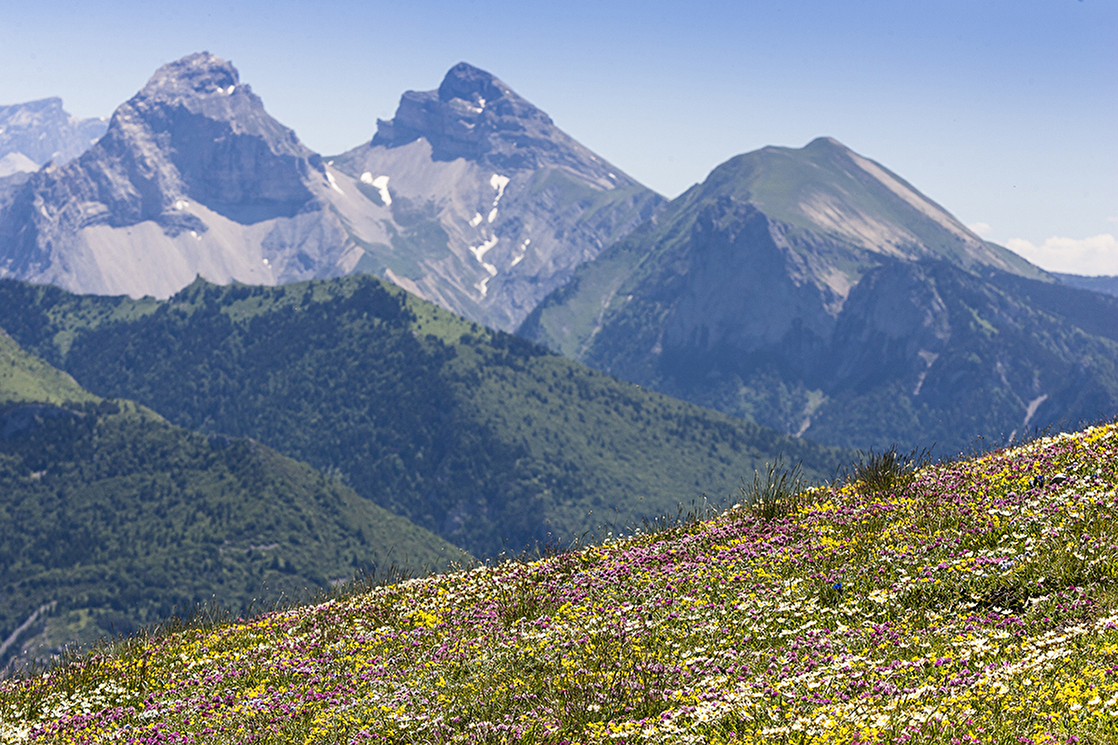
The site lies astride the Vercors and Dévoluy massifs, and its summits are carpeted with a remarkable flora, combining Alpine and sub-Alpine influences.
The result will enchant the botanist or simply those who gaze in wonder, with no fewer than 908 flower varieties, 43 of which only occur in the Drôme at Lus-la-Croix-haute.
Good news, the bats and butterflies are also in good health.
La montagne de l’Aup and la Sarcena at Valdrôme
Natura 2000 site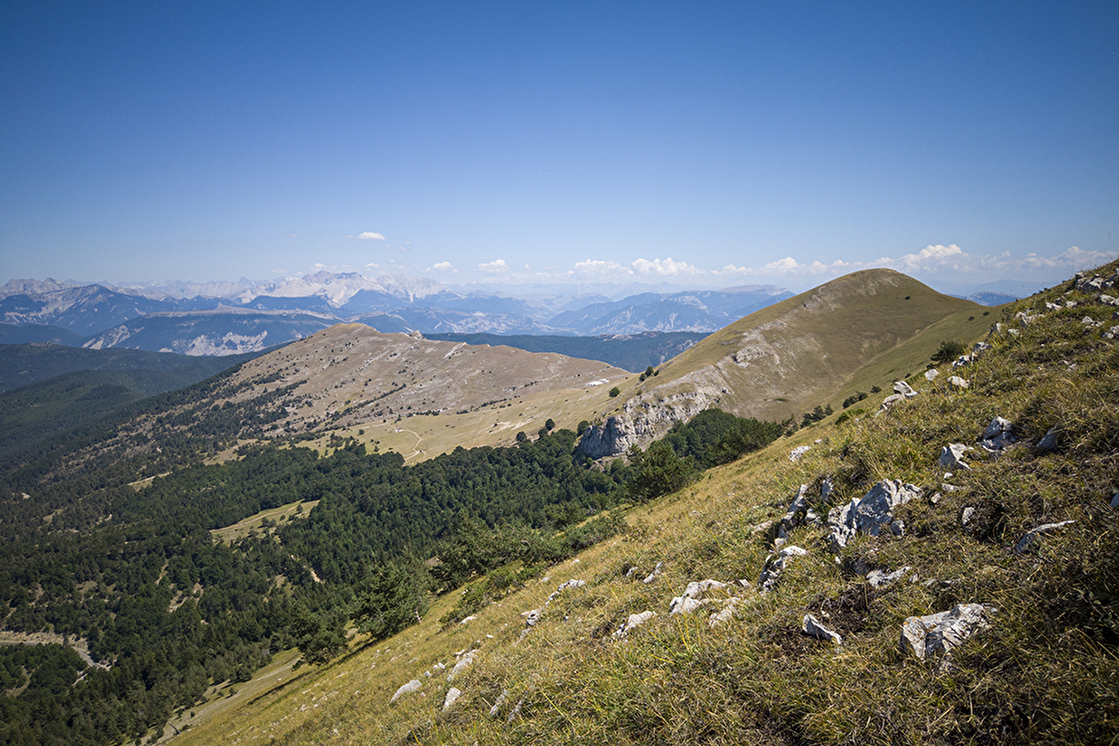
Mountain birds reign here. The pastures contain black grouse and the forests conceal the naturally shy boreal owl.
But that’s not all, the area also contains an outstandingly rich botany, with 450 plant species catalogued, which will make make your walks more colourful and this includes the protected wild peony.
Did you know? The presence of flocks with guard dogs on these pastures means that the upward advance of the tree line is held back, which favours biodiversity.
If you wish to help protect these remarkable species, have a look at our 10 commandments for walkers.
Nature lovers, discover our sites which are classified and listed by the DREAL (Direction Régionale de l’Environnement, de l’Aménagement et du Logement).

Glandasse mountain and the pastures of the Jardin du Roy
Protected natural environment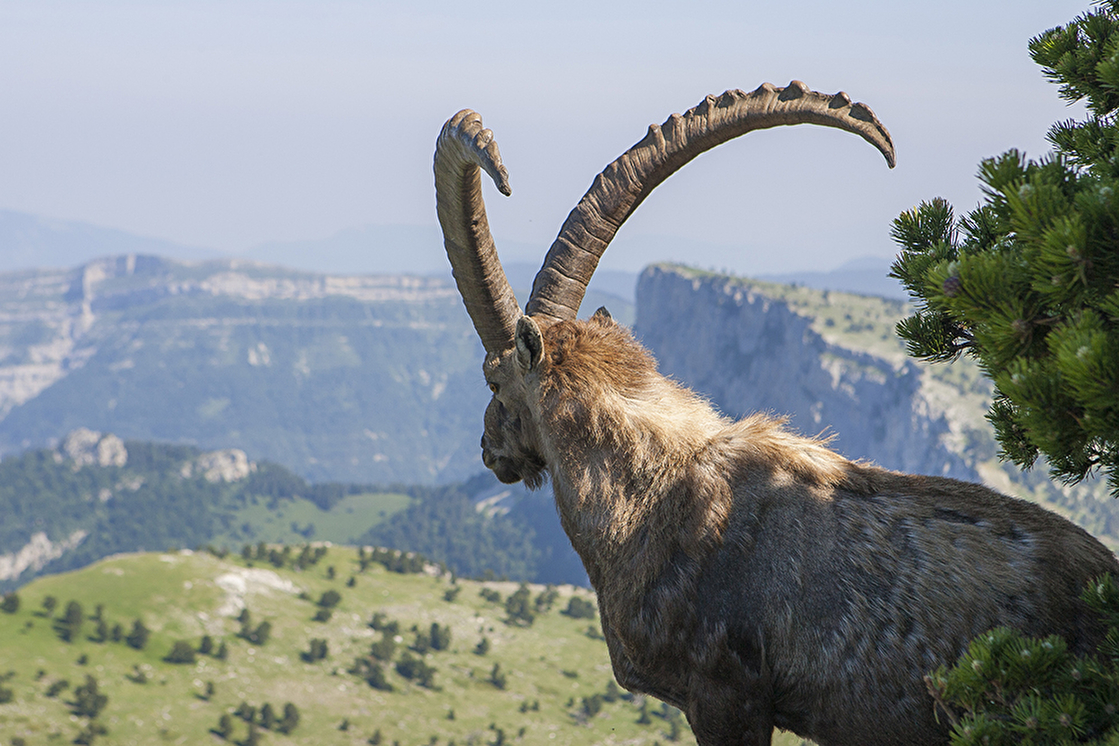
With a summit at 2041 metres and forming the southern boundary of the Vercors, the Glandasse dominates the valley of the Pays Diois with its imposing limestone cliffs.
This open landscape of high-altitude pastures, forests, cliffs and limestone pavements is characterised by the presence of hook pines, typical of an Alpine environment
Walkers will probably be lucky enough, due to the elevated position, to see griffon vultures and ibex.
The southern edge of the Vercors : Chamaloc, Marignac-en-Diois and Saint-Julien-en-Quint
Natura 2000 site for the Diois part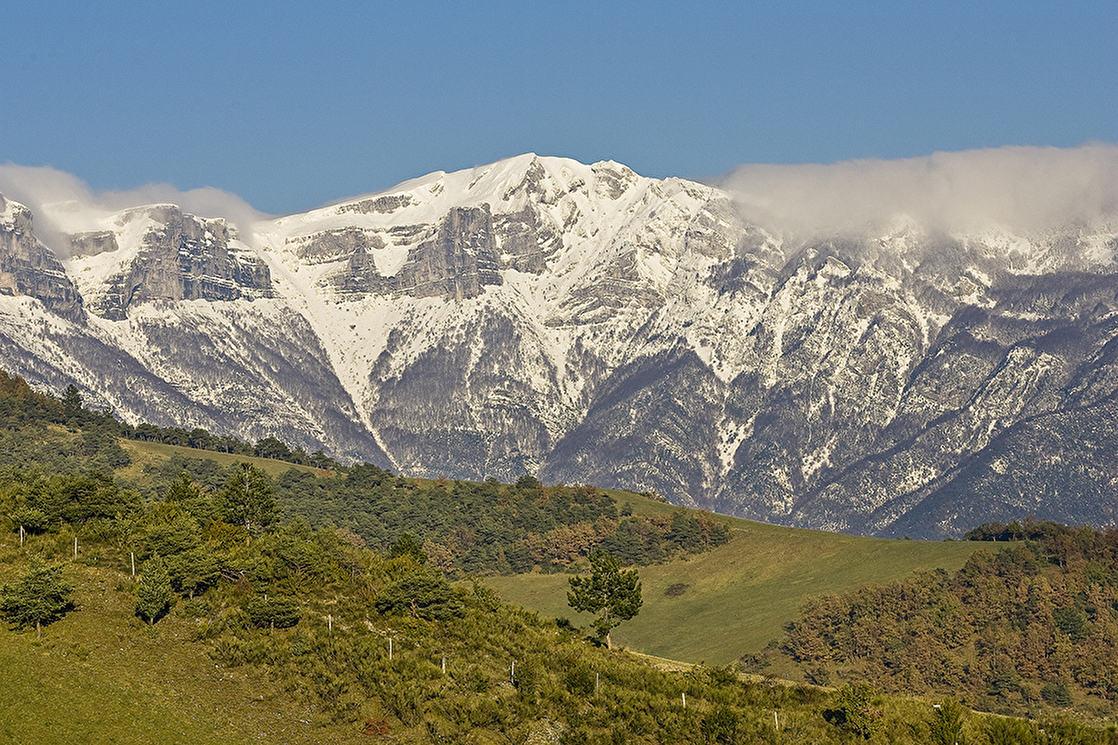
Composed of a number of ridges which form the southern edge of the plateau and overlook the Drôme valley, the area features richly contrasting landscapes. An Alpine influence prevails on the northern slopes, whilst a Mediterranean influence is dominant on the southern slopes. Typical but very different species are to be found in each of these two habitats.
A bit of good news for animals, this is a spot for the Rosalie Longicorn and even the lynx has been known to seek refuge here.


